You may have heard about Boomers and Millennials, but generations are very different in the world of video gaming. Just as we attach social and cultural values to certain periods, we can do the same for games. Even if lines are blurry and categories subjective, grouping history into distinct eras makes it easier to talk about.
In terms of human life, the video game market is middle-aged. But gaming generations move at a faster pace, demanded by staggering technological progress. Within a single human life, nine generations of video games have blasted, jumped, and warped their way into the collective conscience.
Let's delve into what these generations are and what they mean to the gaming community.
What Are Video Game Generations?
Gamers often use the terms last generation, current generation, and next generation. We frequently use the abbreviation gen, as in next-gen gaming.
Each generation includes hardware of similar power. Games within a generation have roughly equal graphical capability, and often even play alike.
Individual companies stagger their hardware releases. The generation gap can be a year or two, but each manufacturer typically leaves about six or seven years between its console releases.
What Generations Happened When?
There have been nine generations since gaming began in the 1970s. Later generations last longer than earlier ones. Generations typically last about six years.
1970s in Gaming: Ugly Beautiful Machines
Our journey begins in a time of economic upheaval, scientific breakthroughs, and flared trousers. The game consoles of this first generation are barely recognizable to modern eyes. These machines had analogue dials, wood-panel (or wood effect) finishes, and often lacked sound altogether.
Looking like something from 2001: A Space Odyssey, the Magnavox Odyssey played a handful of the most primitive games imaginable. One game, Table Tennis, inspired Atari’s successful Pong arcade game.
Other consoles of this era included the Coleco Telstar and a Japanese-only series of Color TV-Game consoles. These were the work of a company called Nintendo, just exploring the world of video gaming.
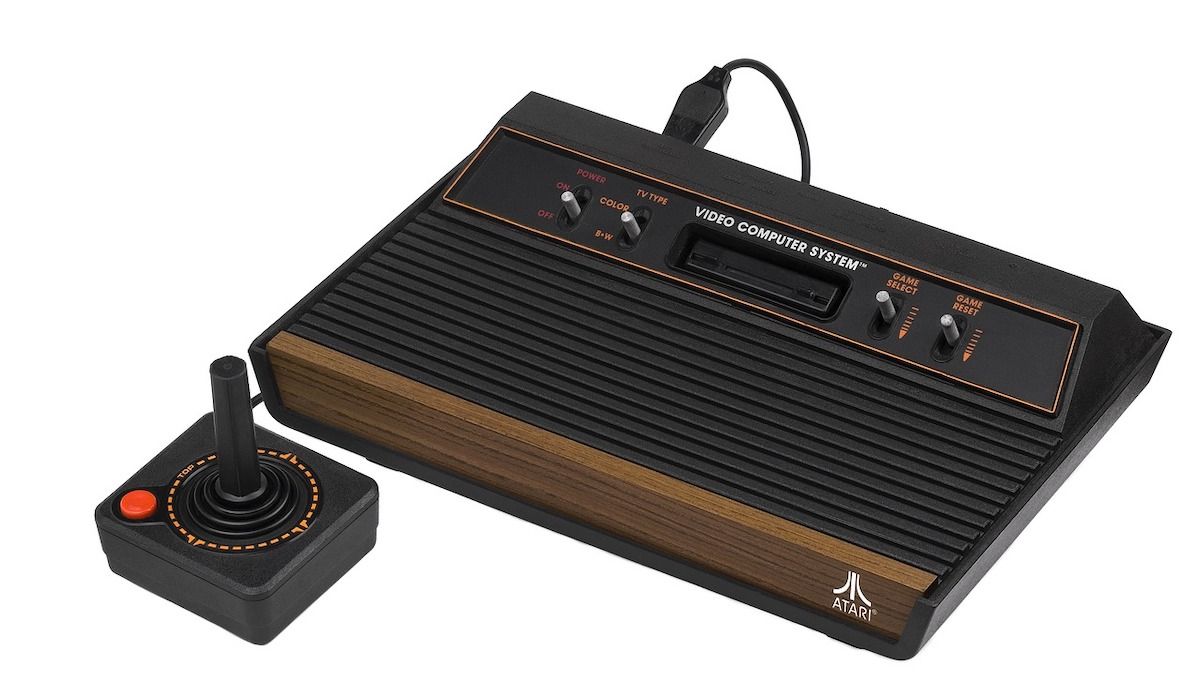
At the end of the 70s, another big name, Atari, kicked off the second generation. The Atari 2600 (VCS) was hardly more advanced than its competitors. But the console had strong sales and impressed with its home conversions of popular arcade games. These included titles such as Asteroids, Missile Command, and Dig Dug.
1980s: The 8-bit Era
Continuing the brief second generation, other systems such as Mattel’s Intellivision and the ColecoVision followed. Neither device got close to the popularity of Atari’s 2600, but the ColecoVision, in particular, was an accomplished machine. Check out this version of Donkey Kong:
We strongly associated the 80s with the 8-bit era, popularized by the Nintendo Entertainment System, and Sega’s Master System. Systems were in. The first significant releases from Sega and Nintendo marked the third generation as the beginning of a highly competitive era. Their rivalry was to last for 25 years. Atari continued to win over players with arcade ports on its Atari 7800.
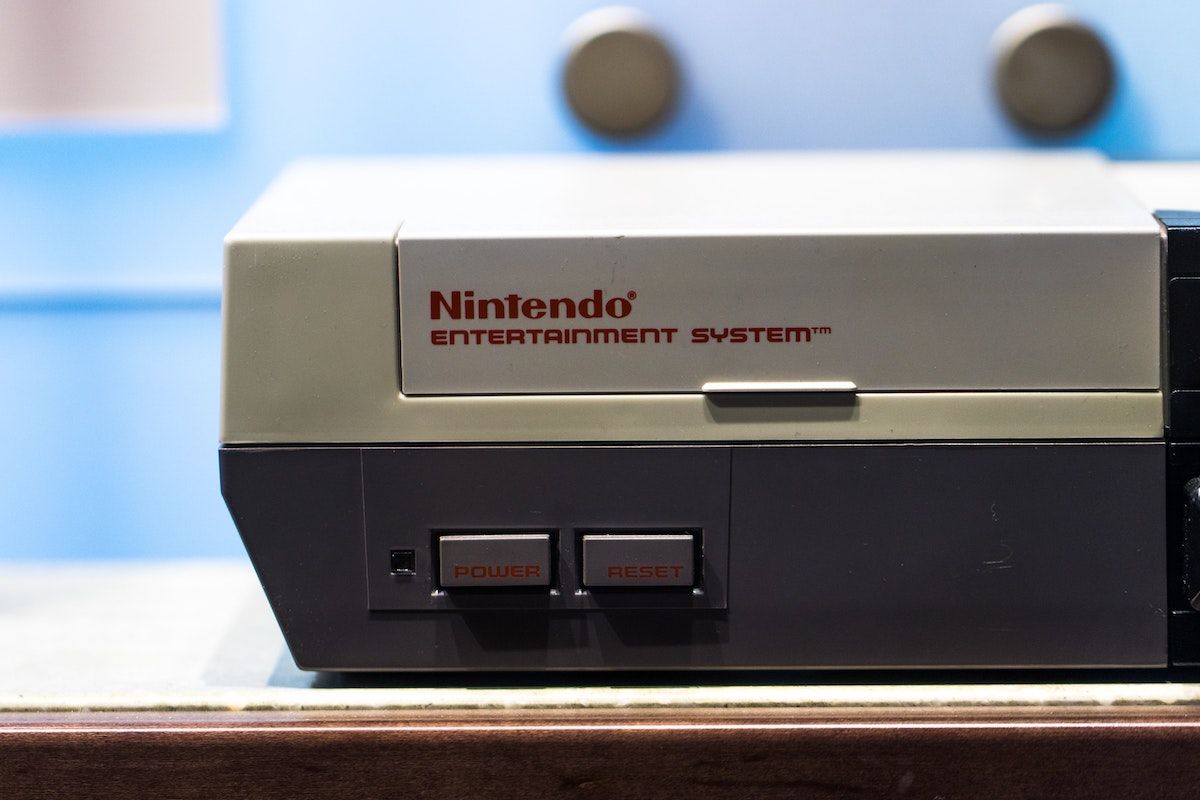
1990s: Atari’s Goodbye
Sega made the first fourth generation move, launching the 16-bit Genesis (MegaDrive outside North America). Nintendo’s Super Mario Bros. 3 was hogging the limelight, but the Genesis performed well in Europe and the US, particularly with a blue hedgehog named Sonic showing off the console’s speed and graphics.
By the time Nintendo released its Super Nintendo Entertainment System, the Genesis had established itself well. But Super Mario World, for many still the pinnacle of the 2D platforming franchise, proved a killer launch title.
This fourth generation now marks the chief point of the console wars between the two Japanese giants. It was the closest Sega ever came to toppling Nintendo’s crown.
Meanwhile, Atari’s Jaguar flopped, partly because of a small games library. The Atari name had reigned over arcades, home computing, and games consoles, but sadly went out with a whimper, not a bang.
For other manufacturers, though, the fifth generation was a success, introducing one of the most tangible advances in gaming: 3D. Programmers had been experimenting with 3D graphics since the earliest generations. But it wasn’t until hardware had caught up to imaginations that 3D was viable.
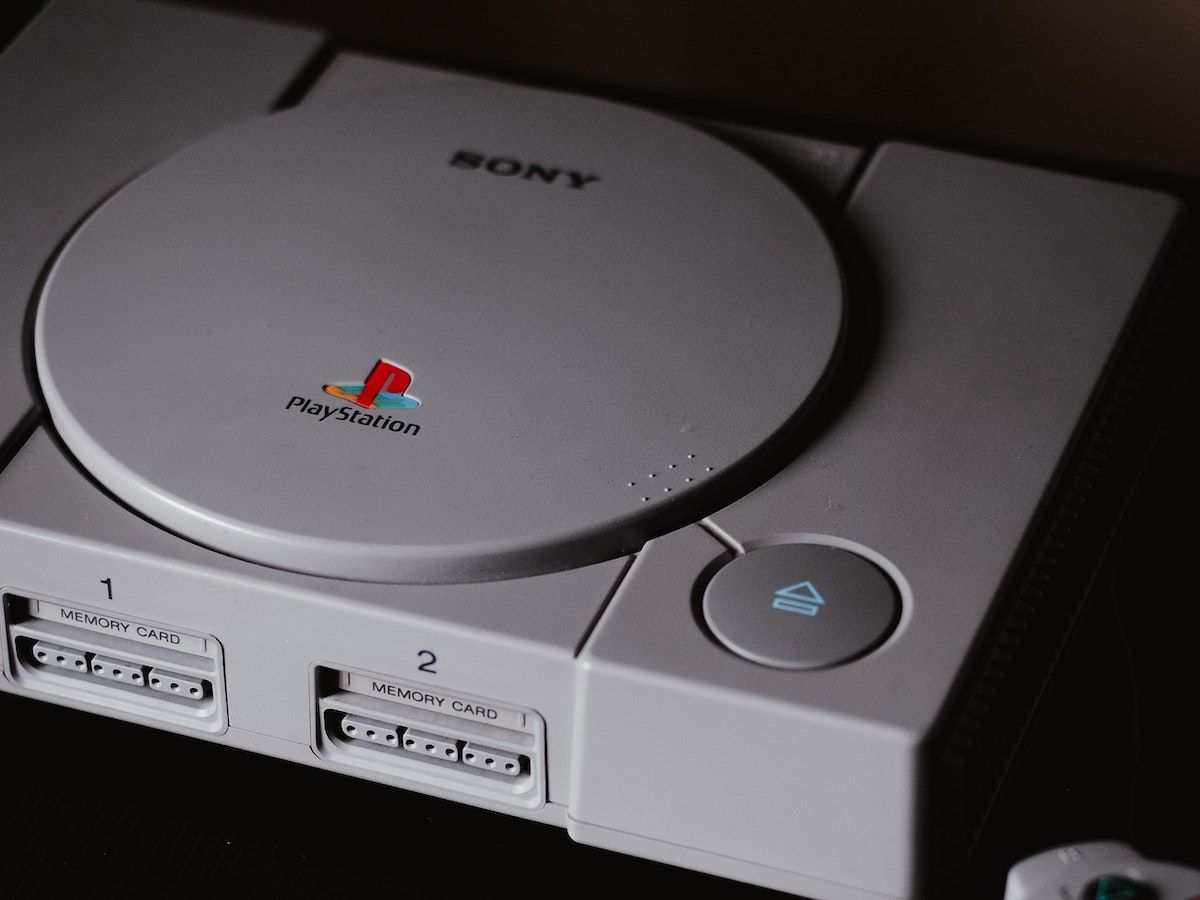
In the middle of the decade, Sony shook up the scene as much as anyone ever has. I bore its PlayStation out of a failed collaboration with Nintendo, and launching a standalone machine was practically an act of revenge for the newcomer. History swung on this pivotal moment.
Nintendo followed up with its own left-field move, releasing 3D entries in many of its classic franchises. Games such as Super Mario 64 and GoldenEye 007 showcased entirely new genres made possible by the switch to 3D with the Nintendo 64.
2000s: Sega’s Farewell
The turn of the century marked a significant moment as the sixth and seventh generations came and went.
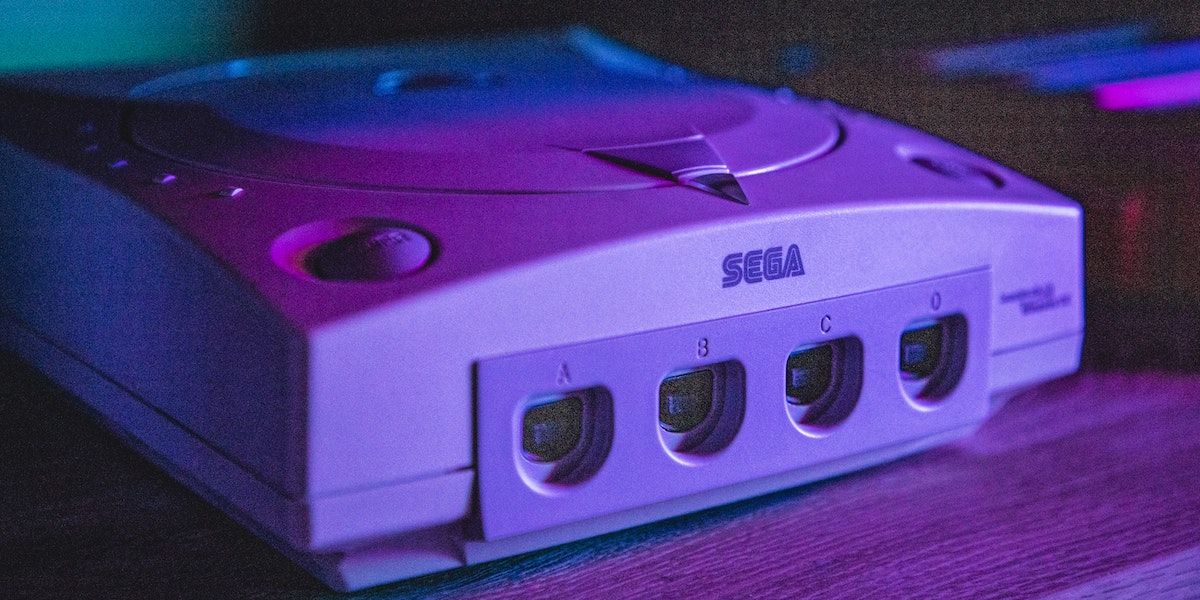
Sega had come out fighting early once more, with 1998’s launch of the Dreamcast. It turned out to be the company’s final home console. Sega finally bowed out of its rivalry with Nintendo after four generations.
As a new millennium dawned, a new competitor joined the race. Introducing the Xbox in 2001, Microsoft quickly became the newest established player. From this point on, just three companies would dominate.
Sony built on the impressive success of its debut with the PlayStation 2. To date, it holds the record of best-selling games console with over 155 million units. Even the less successful PlayStation 3, launched in 2006, sold better than any other home console—at the time.
The seventh generation introduced motion control. Nintendo popularized the concept, its Wii boasting motion-sensing right out of the box. Sony and Microsoft played catch-up, later launching their own motion add-ons.
The Wii also launched in 2006, becoming Nintendo’s first 100 million seller. Its 2001 offering, the disc-based GameCube, had fared less well, but the Wii brought gaming to a whole new market. The Xbox 360’s Kinect and Playstation’s Move controllers helped encourage gamers to get up off their couches.
2010s: A Three-Way Tie?
For the first time, a single generation—the eighth—occupied an entire decade.
If you ignore the hybrid nature of the Switch, you could argue that this is the first generation in which Nintendo launched two home consoles: the Wii U and the Nintendo Switch.
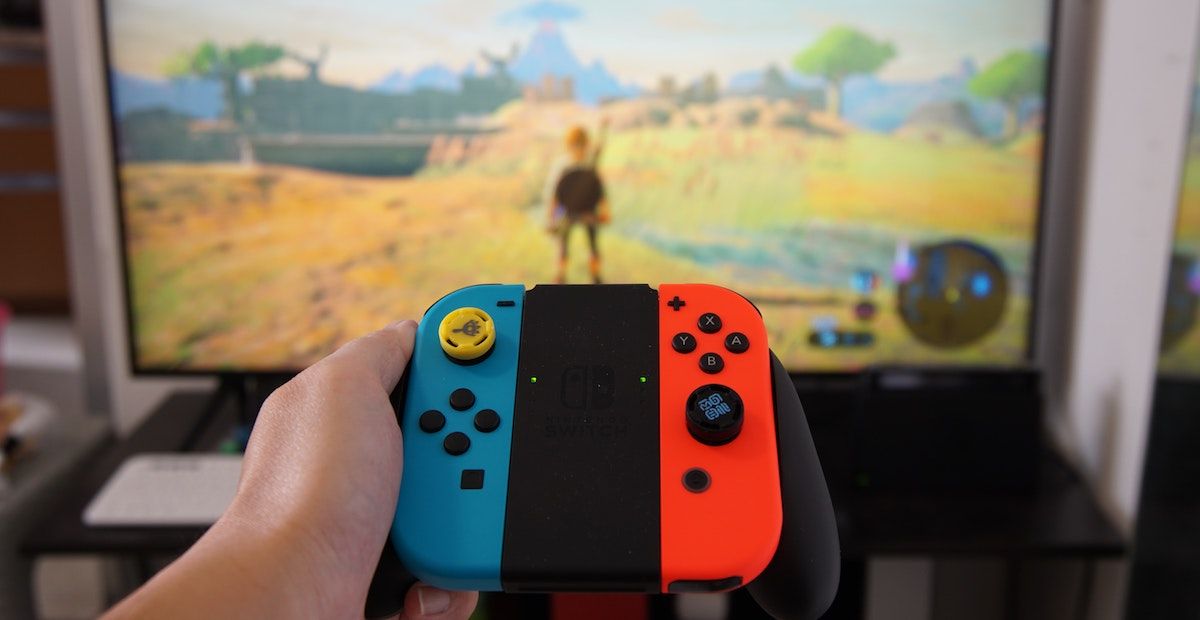
In comparison, Microsoft and Sony played it safe. Their releases were largely iterative, capitalizing on strong, if not spectacular, results from the previous generation. The Xbox One and PlayStation 4 both sought to capture the home gaming market as smartphones and tablets took on mobile gaming.
After a poor reception and muted sales, Nintendo followed up the Wii U with their home/handheld console five years later. The Nintendo Switch sold much more impressively and could well end up bridging the generation gap.
2020s: Digital Ascent
The current generation has only just begun, hence there are only two participants. Faster processors and higher output resolutions had eager gamers salivating but limited supplies, partly caused by Covid, have reduced availability.
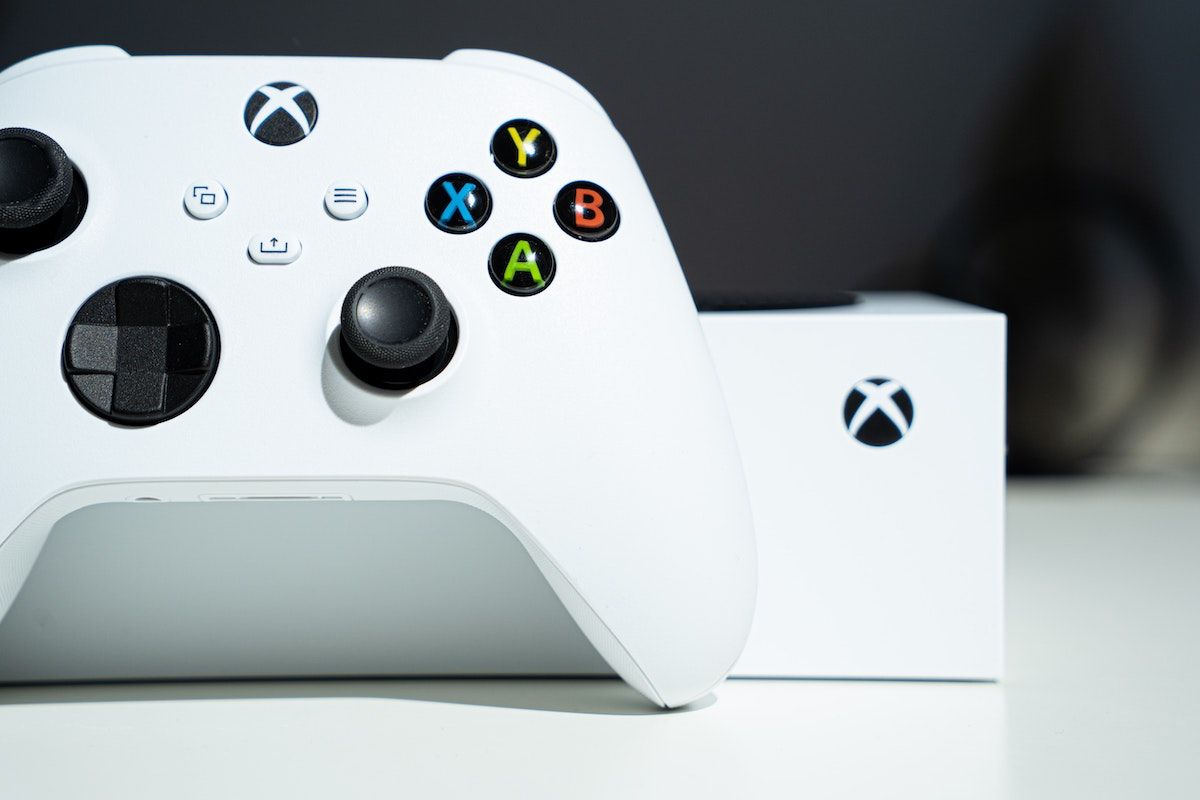
In this ninth generation, PlayStation (5) and Xbox (Series S/X) both came in two versions at launch. This may reflect the widening market for home video gaming. Notably, each manufacturer released a version with no support for external media. As online distribution has become ever popular, this could be a turning point, foreshadowing an all-digital future.
Every New Generation Must Rewrite History
Video game generations are a lot shorter than their human equivalents, even though they’ve lengthened as they’ve matured. In the chaotic early days, new challengers sprung up on almost an annual basis. The 21st century has brought stability that few could have predicted during early generations.
Fewer still might’ve foreseen giants such as Atari and Sega disappearing. Established companies might have replaced them, but they were new to the world of video gaming. Microsoft and Sony have now taken their place alongside Nintendo. The three look set to dominate home console gaming for generations to come.